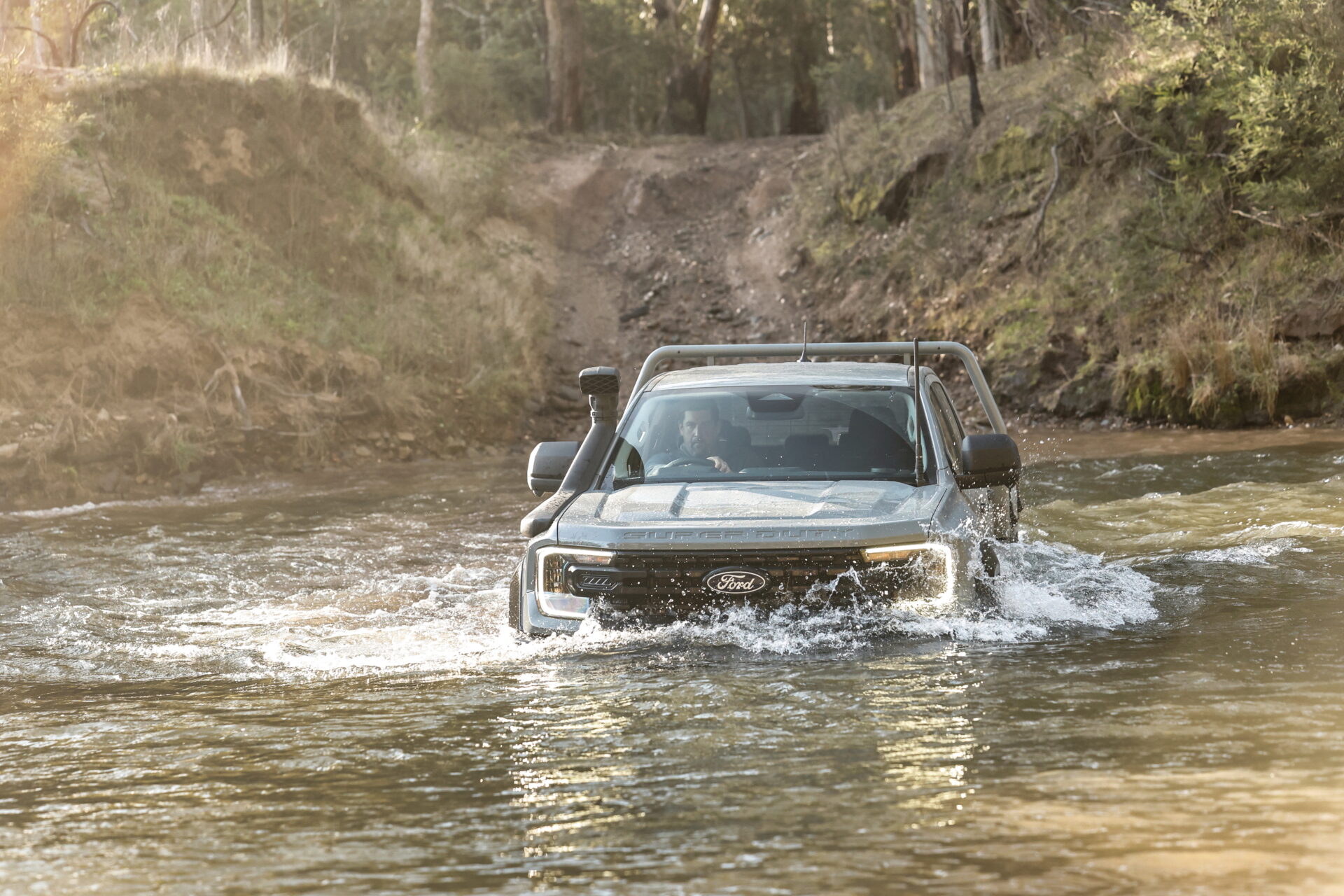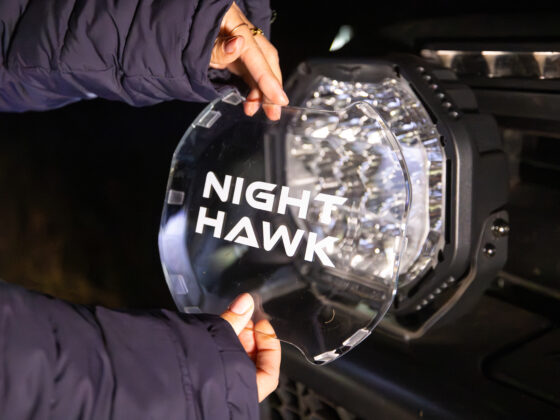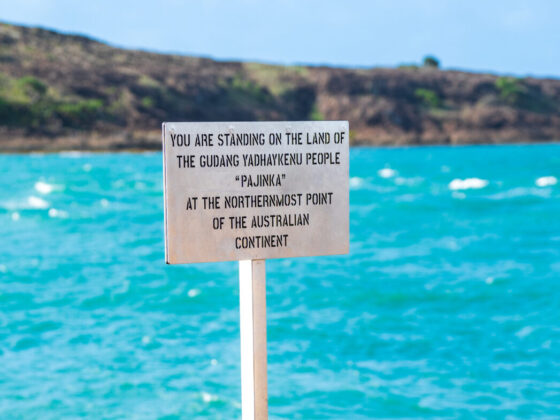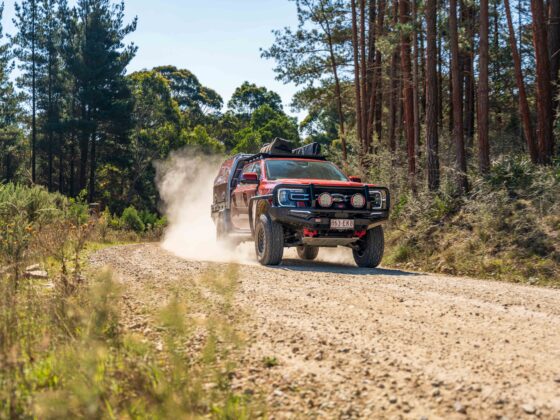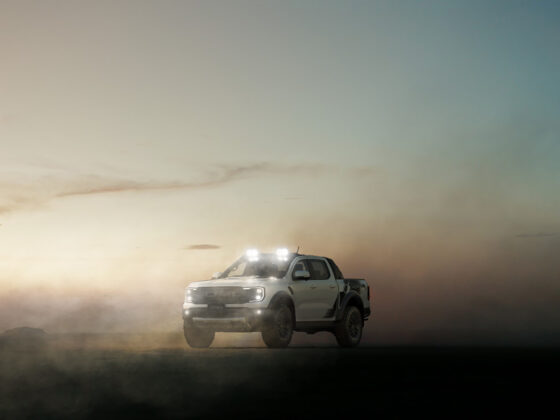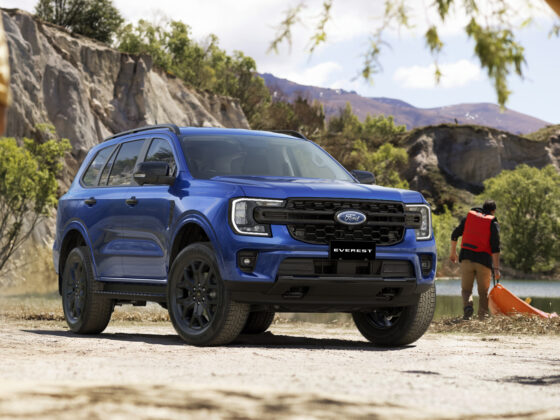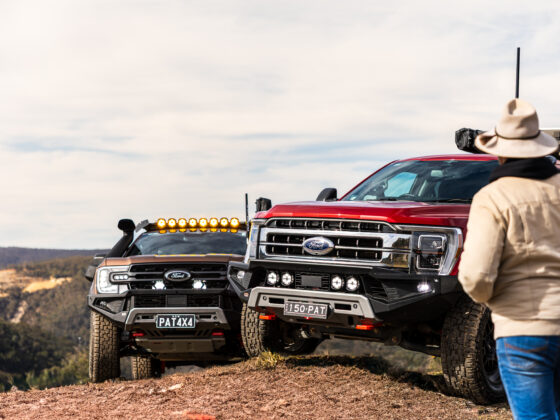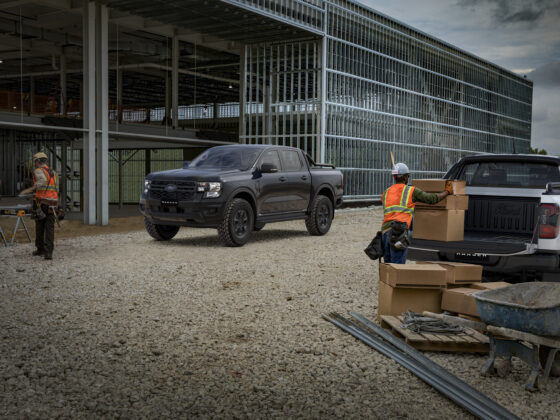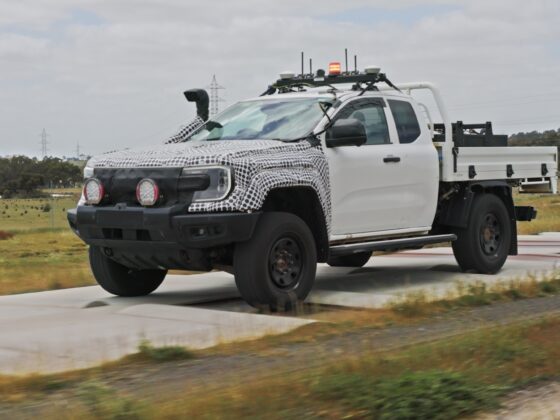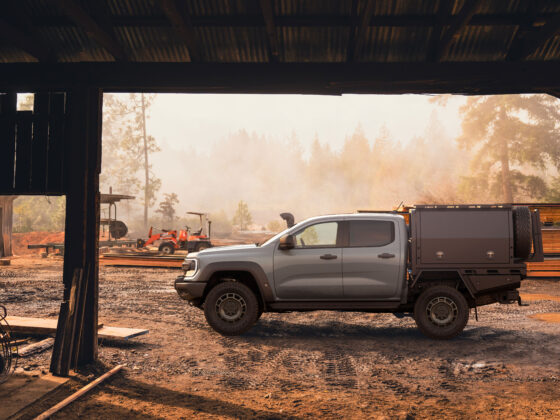When Ford first announced the Ranger Super Duty, the big question wasn’t how much tougher it would look, it was whether it could take on the jobs that push a ute past its limits. If it could do proud to the name Super Duty. And for anyone who spends time in the bush, water crossings are a huge part of that.
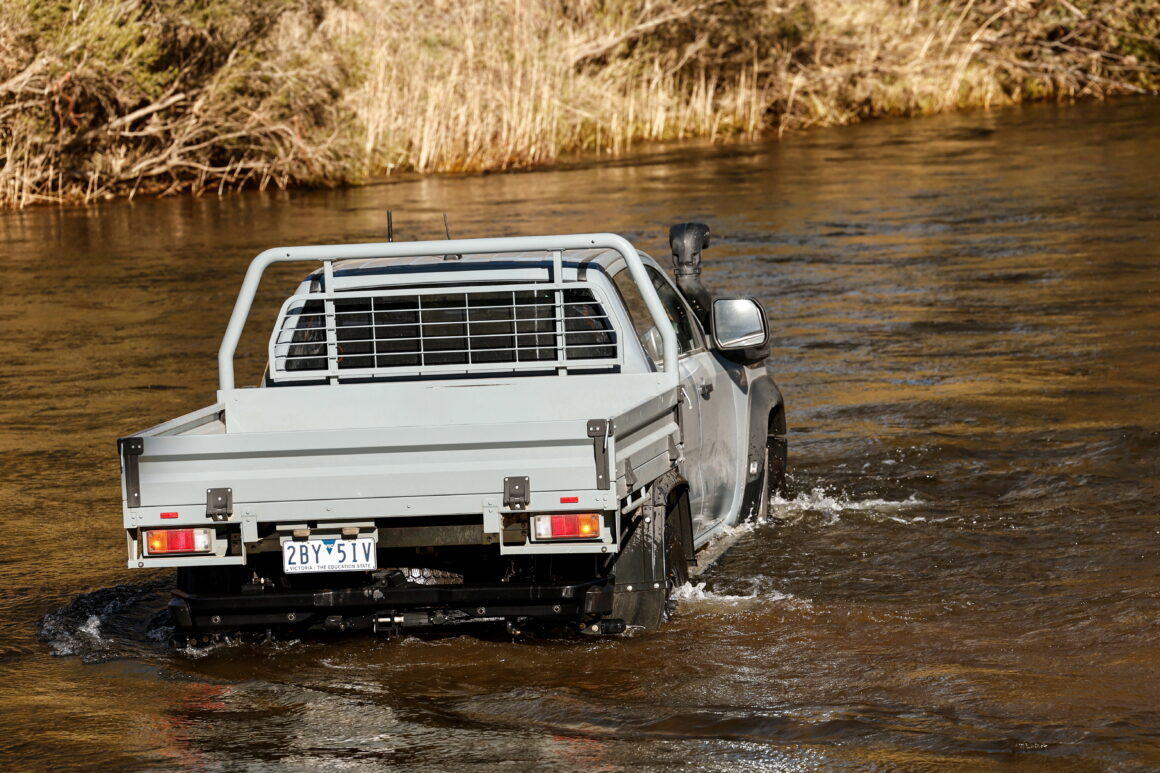
From Test Track to Riverbed
Deep in the You Yangs near Geelong, Ford engineers built what looks like a concrete swimming pool but functions as a torture chamber for 4X4s. Fifty metres long, and able to flood from bone-dry to over a metre deep in minutes, it’s where the Aussie Engineers put the Ford fleet through its paces to make sure they’ll last the distance.
Engineers started small, running through just 50mm of water at speed to see what spray would do to alternators, belts and turbos. Then they worked up to slow crawls through bonnet-deep water, checking every seal, intake and breather point for leaks. The target was 850mm of wading depth, a full 50mm more than the standard Ranger, and it had to work every single time.
But lab tests only go so far. To earn its stripes, the Super Duty had to prove it could actually hold up to the bush.
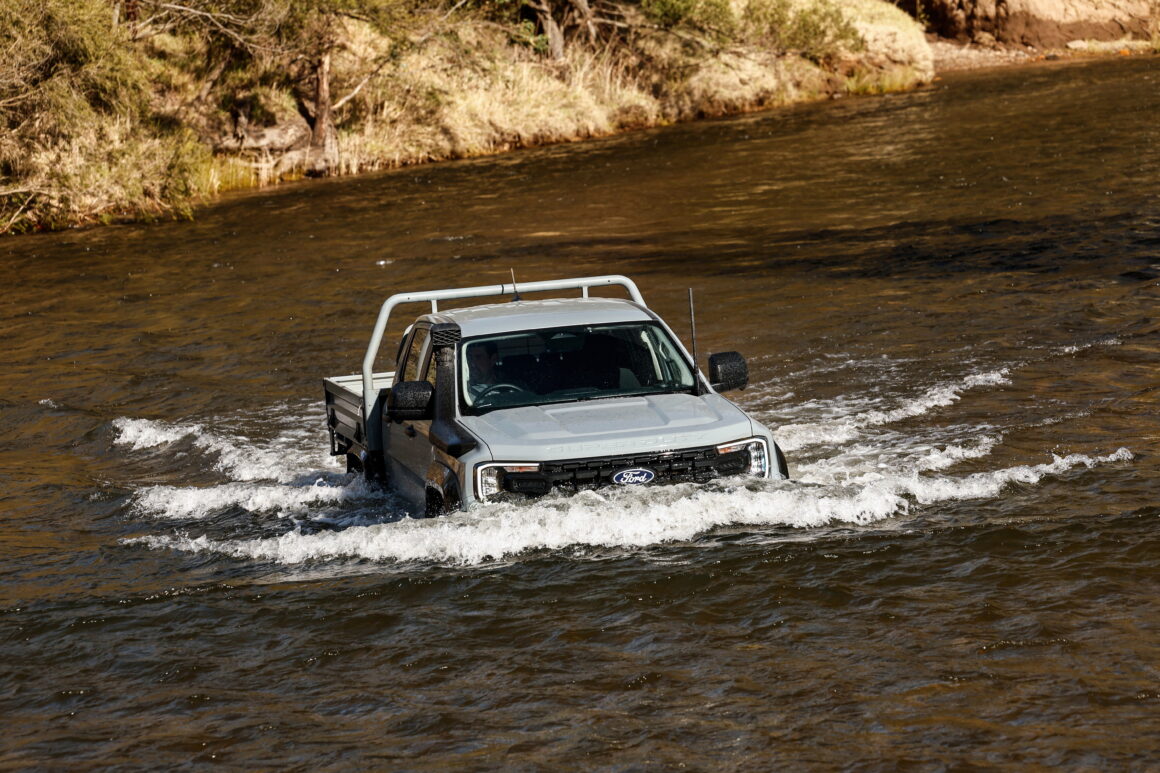
Into the High Country
The real test came on the Crooked River Track near Dargo, where 27 river crossings in a row can make even seasoned drivers nervous. Unlike the predictable water bath at the proving ground, Crooked River is constantly changing, rocky one crossing, sandy the next, with water levels shifting with the rain.
That’s where the engineering data meets reality. Watching a pre-production Super Duty nose into the first crossing, even the engineers admitted their hearts were in their throats. Crossing after crossing though, the Super Duty held its own, pushing through each section with nothing more than a high tide mark on the doors to show how deep it’d been.
Factory Snorkel – The Safari Link
One of the neatest touches on the Super Duty program is the snorkel. Rather than bolt on an aftermarket pipe later, Ford teamed up with Safari from day one. The result is a fully integrated snorkel that looks like it belongs, while still feeding the engine the airflow it needs.
It’s not just a sales gimmick, the snorkel helps the Super Duty back up its claim of 850mm of wading depth, with all the critical system breathers (transmission, transfer case, diffs, fuel and AdBlue tanks) sitting safely above that line.
Peace of Mind for the Real World
After months of development, the final validation runs at Crooked River wrapped things up for the Engineering team. For the rest of us, it means that when you’re staring at a fast-flowing creek out bush and wondering if your rig is up for it, the Ranger Super Duty has already done the hard yards.



